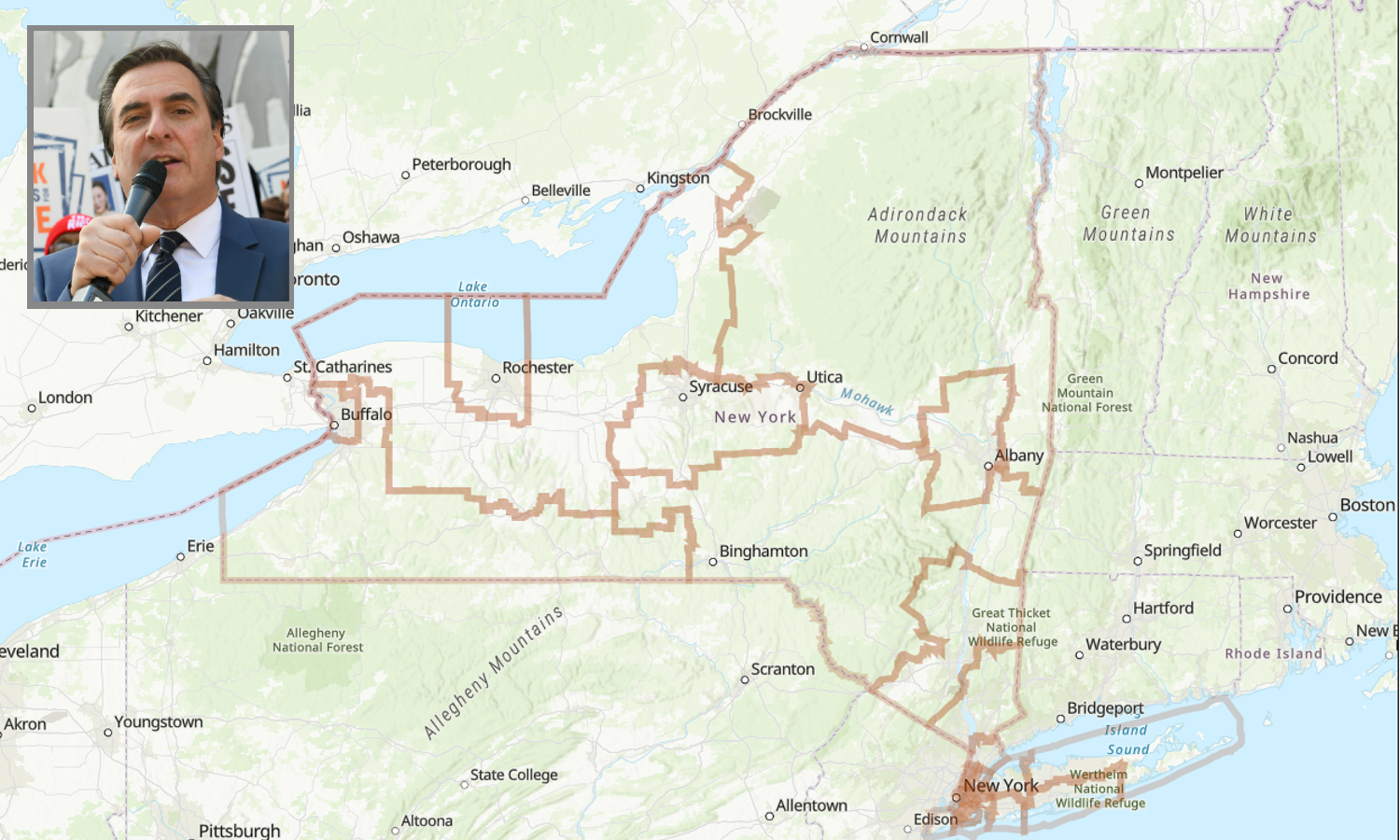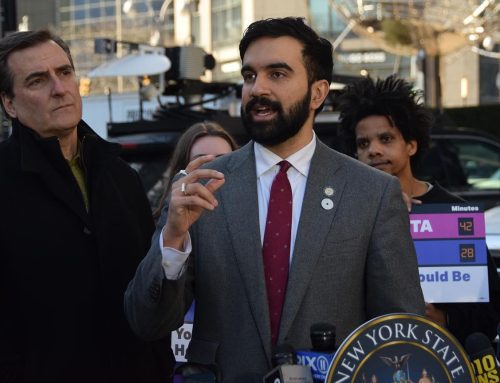Senator Gianaris reflects on latest redistricting saga
Senator Gianaris reflects on latest redistricting saga
Shortly after the state’s bipartisan redistricting commission unveiled its proposed congressional boundaries for New York in mid-February, Senate Democrats began working on their own set of maps for the state’s 26 seats in the House of Representatives.
Senate Deputy Majority Leader Mike Gianaris told The Capitol Pressroom that during an internal conference of majority members on Feb. 19 it became clear that there was dissatisfaction with what had been advanced by a nine to one vote of the commission. In light of that meeting, the Queens Democrat said the Senate began thinking about redistricting concepts and engaging their colleagues in the Assembly majority.
Both houses of the state Legislature voted down the commission’s proposal on Feb. 26 and a few hours later the Democratic majorities had introduced legislation with their own set of maps, which were based on what the commission had originated.
“We didn’t have a lot of time, if we didn’t want to tinker with the primary date or at least the petition calendar,” Gianaris said. “So we did spend the week prior, having preliminary discussions with our colleagues in the Assembly. As the week got further along, we realized there was a lot we had in common in terms of the approach and we were able to put together something very quickly to be introduced on that Monday.”
Assembly Speaker Carl Heastie, a Bronx Democrat, has previously been reluctant to shed any light on the timeline of crafting congressional maps.
The full interview with Gianaris, which touches on the process of crafting the district represented by GOP Rep. Elise Stefanik, the merits of compact districts, and the future redistricting process, is available below.
Two decades ago, as a member of the state Assembly, Gianaris had proposed a redistricting commission with an odd number of members, which is in sharp contrast to the 10-person bipartisan redistricting commission in operation today and was deadlocked in 2022. “It’s a process that’s designed for gridlock,” he said, acknowledging that they overcame the structural challenge in 2024 with pressure from the judiciary.
Moving forward, the senator said state policymakers should consider whether a better redistricting process could be created. If there are changes, Gianaris stressed the importance of having a “legislative backstop” for the process.
Listen On














Social Media